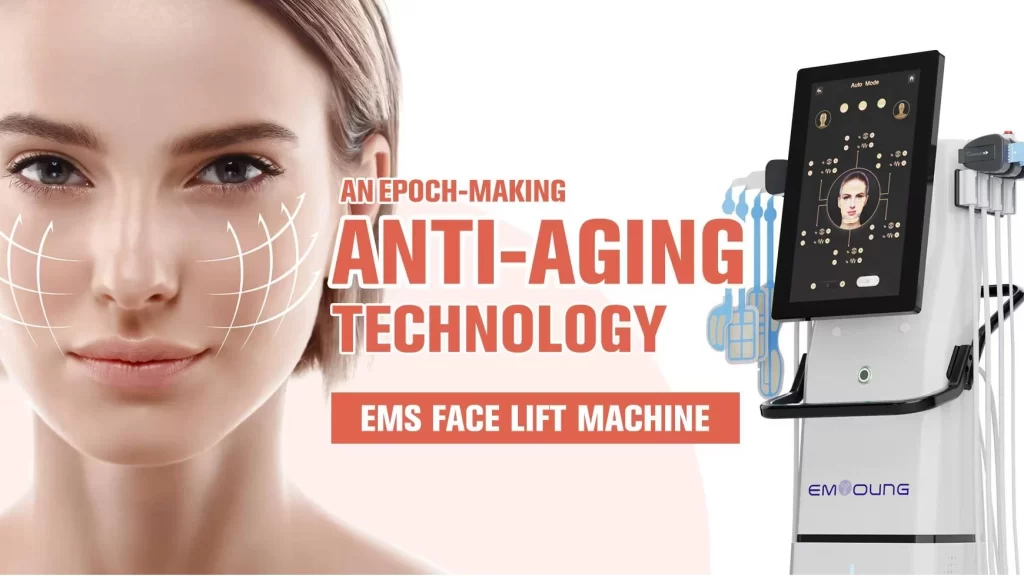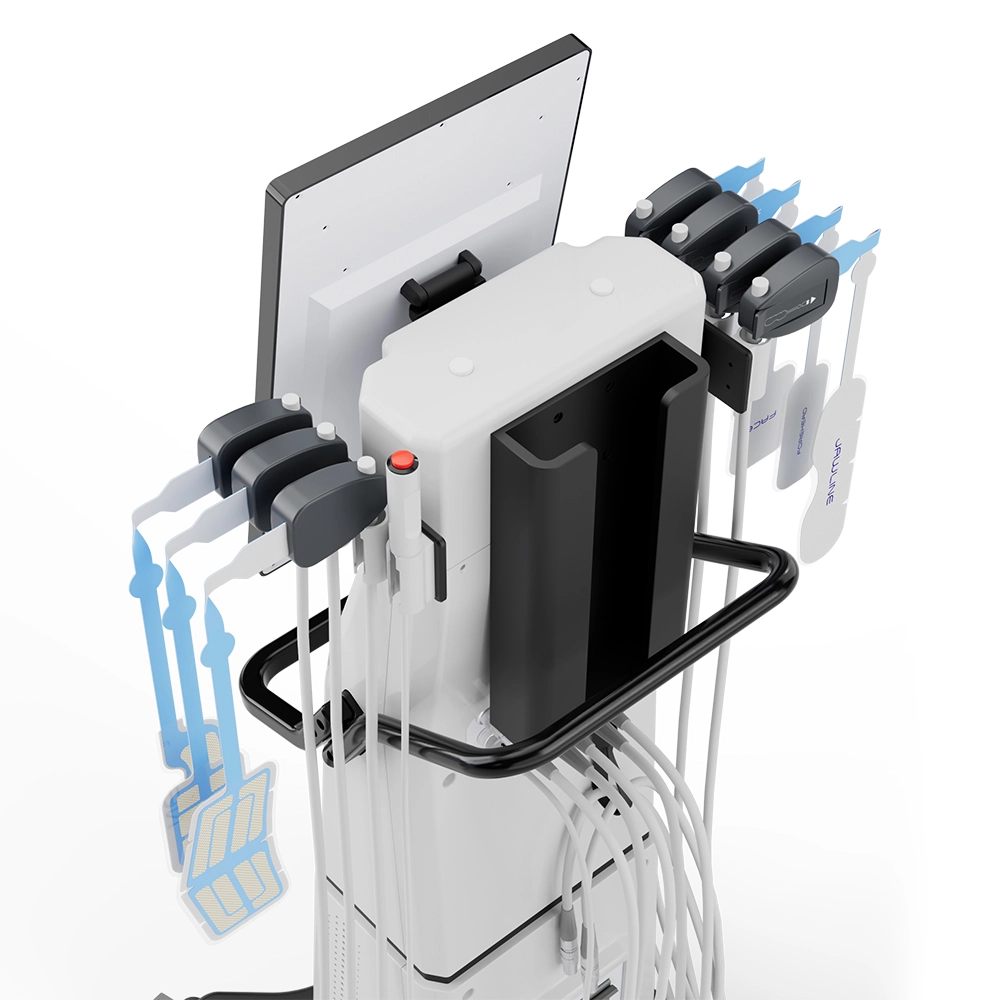Is Your Face Lifting Machine FDA-Cleared? 5 Safety Certifications to Verify Before Purchase (2025 Guide)

Why FDA-Cleared Status Is a Big Deal for Your Face Lifting Device
FDA-Cleared vs. FDA-Approved: What’s the Difference?
When you’re shopping for a face lifting device, you gotta know what FDA-cleared and FDA-approved mean. They’re not the same. FDA-cleared devices go through a 510(k) review. That’s where they prove they’re super similar to devices already out there legally. It shows the device is safe and does its job. FDA-approved stuff, though? That’s a tougher hurdle. It needs loads of clinical tests to prove it’s safe and works great. Both mean the device is safe to use. But most face lifting devices are cleared, not approved, since they’re medical devices, not drugs. Getting this helps you pick something you can trust for your skin.
Why the 510(k) Submission Matters
The 510(k) submission is a huge part of getting FDA clearance for face lifting devices. Companies have to send in a bunch of paperwork. It shows their device is a lot like one that’s already okayed. They include stuff like what the device is made of, how it’s built, and test results. The point is to prove it’s just as safe as the older device and works the same way. For you, this means the face lifting device you buy has passed some serious safety and quality checks. It’s like a promise it’s been looked at closely before hitting stores.
5 Must-Have Safety Certifications to Look For
1. FDA-Cleared Certification (510(k))
FDA clearance through the 510(k) process is a dealbreaker for any face lifting device. It means the device has jumped through tough hoops to prove it’s safe for your skin. Check for labels or paperwork that say it’s FDA-cleared. That’s your sign it’s the real deal.
2. CE Marking for Worldwide Safety
The CE marking shows a device follows European Union safety rules. It’s a big deal if you’re buying from global sellers. It means the product meets health, safety, and eco-friendly standards in the EU. A face lifting device with this mark has been tested hard. It’s built to high standards. If you’re shopping internationally, this is a green light.
3. ISO 13485: Quality You Can Trust
ISO 13485 certification means the company making the device sticks to global standards for medical devices. It shows they’ve got solid processes for designing, building, and shipping safe products. This tells you the device was made with care, not just thrown together.
4. Electrical Safety Certification (e.g., UL/ETL Listing)
Electrical safety certifications, like UL or ETL listings, mean the device has been checked for things like overheating or wiring issues. These are super important for electronic face lifting devices. They make sure it won’t act up while you’re using it. You don’t want a device that fries itself halfway through!
5. Mechanical Safety Certification (e.g., ANSI/ISO Standards)
Mechanical safety certifications, from groups like ANSI or ISO, look at things like how sturdy the device is and if it’s easy to handle. These make sure your face lifting device is tough enough to last. They also check it won’t strain your hand or hurt you while you’re using it. Think of a device that feels comfy to hold with no sharp bits.
How to Check Certifications for Your Face Lifting Device
Using FDA’s Public Database
The FDA has a public database you can dig into. It lets you see if a device has been cleared or approved. Just type in the product name or the company’s name. This confirms your face lifting device is up to standard. It’s a quick way to be sure before you spend your cash.
Asking Manufacturers for Proof
Good companies won’t mind sharing papers that prove their device’s certifications. You might get their FDA clearance letter, CE marking certificate, or ISO records. Asking for these shows you mean business. It also builds trust in what you’re buying. If they dodge your request, that’s a bad sign.
Third-Party Verification Services
Third-party services can double-check a device’s certifications. They make sure it really meets safety standards. These folks often do extra tests beyond the basics. That gives you more peace of mind about the device’s quality. It’s like having a friend check your work before you turn it in.
By going for certified devices and checking their credentials with trusted sources, you can shop confidently. You’ll know you’re getting safe, effective skincare tools. Plus, you’ll dodge the risks of sketchy, uncertified gadgets.
Final Checklist: Make Sure Your Device Is Safe
Key Certifications to Double-Check
Before you buy a face lifting device, make sure it’s got these certifications:
- FDA-Cleared Certification (510(k)): Proves it meets U.S. safety rules.
- CE Marking: Shows it’s good with EU standards.
- ISO 13485: Means the company’s quality game is strong.
- Electrical Safety Certification (e.g., UL/ETL Listing): Ensures the electronic bits are safe.
- Mechanical Safety Certification (e.g., ANSI/ISO Standards): Confirm it’s sturdy and easy to use.
What to Do if Certifications Are Shady or Missing
If a device’s certifications are iffy or not there:
Reach Out to the Manufacturer: Ask for official papers proving it meets standards.
Hit Up Public Databases: Check the FDA’s database to see if it’s cleared.
Get Third-Party Help: Independent groups can verify claims with extra tests.
These steps keep you away from uncertified devices that could mess with your skin.
Picking a Solid Manufacturer: Nubway’s EMS RF Face Lift Device

What Makes Nubway’s EMS RF Tech Special
Nubway stands out with its slick EMS RF tech, built for non-invasive face lifts:
- Electromagnetic Stimulation (EMS): Firm up facial muscles by hitting deep tissue layers.
- Radio Frequency (RF): Boost collagen by sending controlled heat to your skin’s dermis.
- Custom Settings: Let you dial in the intensity for your skin type and needs.
- Safety Features: Come with heat controls and auto shut-off to stop overuse or overheating.
These perks make Nubway’s device a solid choice for tighter, younger-looking skin without going under the knife. You can use it at home to tackle loose skin and see results over time.
Why Nubway’s a Cut Above
Nubway’s all about quality and fresh ideas, which sets it apart:
- Certified to the Max: Their devices hit all the big safety marks—FDA clearance, CE marking, and ISO 13485.
- Top-Notch Tech: Mixing EMS RF with user-friendly designs, Nubway brings pro-level results to your home.
- No Secrets: They share detailed product info and have customer support ready to answer questions about certifications or how to use it.
If you want a face lifting device you can count on, Nubway’s a great bet. It’s got the tech and certifications to back it up, so you know you’re getting results without the risks.Contact us now!
FAQ
Q: How is FDA clearance different from FDA approval?
A: FDA clearance applies to Class I and II devices, like face lifting machines, and requires showing they’re similar to an existing device. The process takes a few months to a year. FDA approval is for high-risk Class III devices, like breast implants, and involves a Premarket Approval (PMA) process with extensive clinical trials, often lasting years. For example, PMA applications require data from human trials, while 510(k) submissions may rely on lab tests or existing device data. Most face lifting machines are FDA-cleared, not approved, due to their lower risk.
Q: Why should I care if my face lifting machine is FDA-cleared?
A: FDA clearance means the device has been vetted for safety and performance. Without it, you risk using a product that hasn’t been properly tested, which could lead to burns, scarring, or allergic reactions. A 2020 NPR report noted that uncertified devices, like some surgical masks, caused issues like irritation due to poor quality. For face lifting machines, non-cleared devices might lack safety features like temperature controls, increasing risks. Choosing an FDA-cleared device protects your skin and ensures it’s been checked against U.S. standards.





